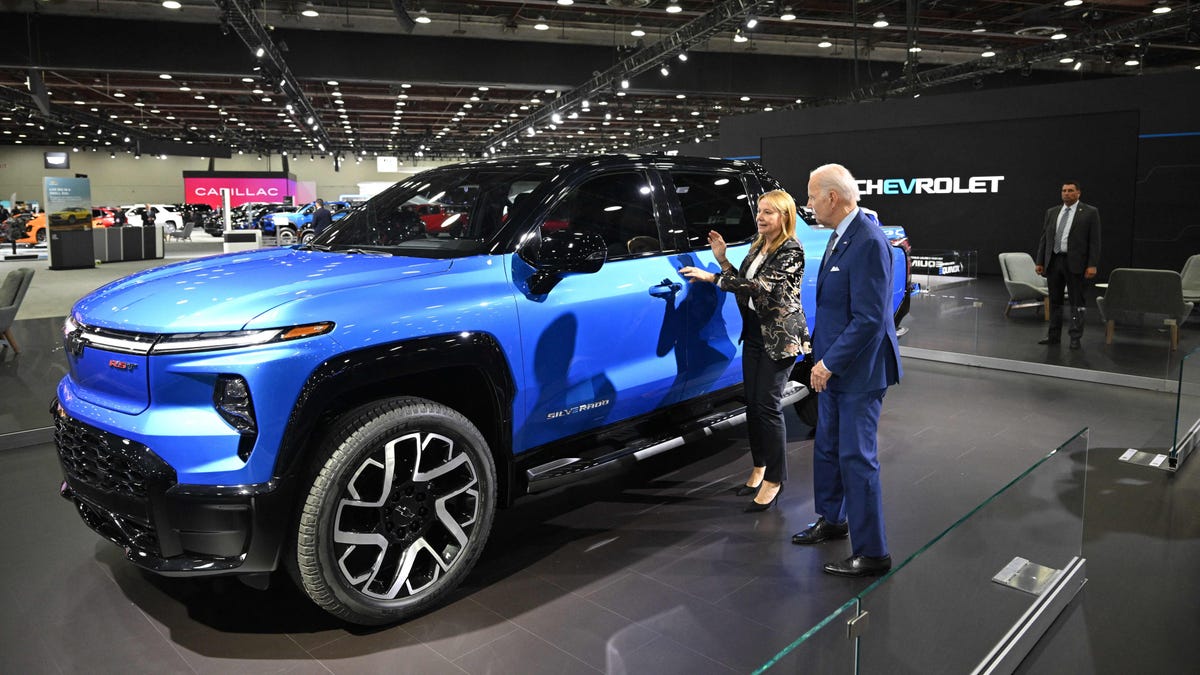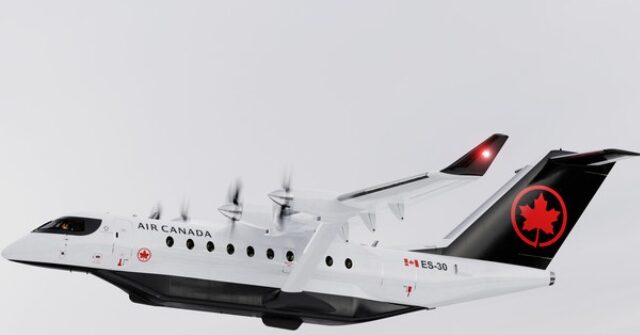You are using an out of date browser. It may not display this or other websites correctly.
You should upgrade or use an alternative browser.
You should upgrade or use an alternative browser.
Electric vehicles....
- Thread starter Captain Rhett Butler
- Start date
cptlo
Pursuit Driver
Yeah, and most homes don't have the electrical service to run much more amperage than the fast chargers are now.
Yeah, but most people charging at home don't need it to charge that fast. Charging overnight at current fast speeds is sufficient for most. Charging time while traveling is an issue though.
The Sound Guy
Pursuit Driver
Just rough numbers, but to charge that Telsa battery in 1 hour is around 225 amps at 390V for an hour.
To do in 15 min over 900 Amps at 390V.
That is a stupid amount of current. The wire to carry 400Amps is 1.6 cm in diameter, over 1/2 inch. (if copper, Aluminum wire would be 2 cm in diameter) Figure you double or triple that to carry the 900Amps safely. Oops. a wire 1 1/2 inches in diameter will be heavy as heck and tough to bend and move. Then the wiring inside the car has to be able to carry the current safely.
Just don't see it working.
To do in 15 min over 900 Amps at 390V.
That is a stupid amount of current. The wire to carry 400Amps is 1.6 cm in diameter, over 1/2 inch. (if copper, Aluminum wire would be 2 cm in diameter) Figure you double or triple that to carry the 900Amps safely. Oops. a wire 1 1/2 inches in diameter will be heavy as heck and tough to bend and move. Then the wiring inside the car has to be able to carry the current safely.
Just don't see it working.
cptlo
Pursuit Driver
Just rough numbers, but to charge that Telsa battery in 1 hour is around 225 amps at 390V for an hour.
To do in 15 min over 900 Amps at 390V.
That is a stupid amount of current. The wire to carry 400Amps is 1.6 cm in diameter, over 1/2 inch. (if copper, Aluminum wire would be 2 cm in diameter) Figure you double or triple that to carry the 900Amps safely. Oops. a wire 1 1/2 inches in diameter will be heavy as heck and tough to bend and move. Then the wiring inside the car has to be able to carry the current safely.
Just don't see it working.
Nerd!
He makes sense

 www.foxbusiness.com
www.foxbusiness.com

Ford CEO Farley explains why the brand isn't going all-electric like GM
Ford CEO Jim Farley said the company is investing in internal combustion engines as other brands leave the segment because not everyone is ready for electric vehicles.
You're too late, cptlo

 www.foxnews.com
www.foxnews.com

The last new V8-powered Chrysler is already sold out
The entire production run for the 2023 Chrysler 300C was sold out in less than 12 hours after the model was announced at the Detroit Auto Show.
cptlo
Pursuit Driver
You're too late, cptlo

The last new V8-powered Chrysler is already sold out
The entire production run for the 2023 Chrysler 300C was sold out in less than 12 hours after the model was announced at the Detroit Auto Show.www.foxnews.com
I guess I'll go with a Mustang then. It'll probably end up cheaper and faster too.
So it begins

 jalopnik.com
jalopnik.com

China Sends a Warning to the U.S. About Domestic EV Battery Production
China's Ambassador to the U.S. warned against cutting the superpower out of the EV supply chain.
 jalopnik.com
jalopnik.com
B
Boss 302
Guest
Isolationism looks better and better all the time.So it begins

China Sends a Warning to the U.S. About Domestic EV Battery Production
China's Ambassador to the U.S. warned against cutting the superpower out of the EV supply chain.jalopnik.com

A new high-speed electric motor could help solve range woes of EVs
A high-speed electric motor can be shrunken in size to reduce its weight and power requirement, thereby increasing the range of the EV.

A new high-speed electric motor could help solve range woes of EVs
A high-speed electric motor can be shrunken in size to reduce its weight and power requirement, thereby increasing the range of the EV.
I thought this was a joke...but it isn't:

 www.breitbart.com
www.breitbart.com

Electric Vehicles in the Sky: Air Canada Orders 30 Plug-In Planes
Electric vehicles are set to take to the skies, with Air Canada announcing on Thursday that it has ordered 30 plug-in planes from the Swedish electric aircraft startup company, Heart Aerospace. The electric planes are expected to have an operational range of just 124 to 248 miles per charge.
Apparently some have much more faith in the Energizer bunny than me.I thought this was a joke...but it isn't:

Electric Vehicles in the Sky: Air Canada Orders 30 Plug-In Planes
Electric vehicles are set to take to the skies, with Air Canada announcing on Thursday that it has ordered 30 plug-in planes from the Swedish electric aircraft startup company, Heart Aerospace. The electric planes are expected to have an operational range of just 124 to 248 miles per charge.www.breitbart.com
As little as 124 miles of range.I thought this was a joke...but it isn't:

Electric Vehicles in the Sky: Air Canada Orders 30 Plug-In Planes
Electric vehicles are set to take to the skies, with Air Canada announcing on Thursday that it has ordered 30 plug-in planes from the Swedish electric aircraft startup company, Heart Aerospace. The electric planes are expected to have an operational range of just 124 to 248 miles per charge.www.breitbart.com
Where are they going to fly to?
The Sound Guy
Pursuit Driver
As little as 124 miles of range.
Where are they going to fly to?
There are a lot of shorter routes both up there and down here (Hartsfield to Macon for instance).
That should be the range after taking off the FAA mandatory requirement for diversions and delayIn addition to the en route fuel, alternate fuel, and the 10 percent en route reserve fuel, § 121.645(b)(4) requires the airplane to have enough fuel to fly for 30 minutes at holding speed at 1,500 feet above the alternate airport, or the destination airport if no alternate is required by § 121.621(a)(2) or 121.623(b).
I'm wondering how smaller airports will have the power capacity to charge this sucker in only 30 minutes. That's a LOT of juice.
Also it appears they have turbo generators on board as well to extend the range, that might be how they are meeting the divert rules.
Anywhere 125 miles away...then straight down.As little as 124 miles of range.
Where are they going to fly to?
B
Boss 302
Guest
Jim Varney's battery operated car.
Paxilpapa
Serenity, through modern chemistry
What I thought they could and probably should do is have quick change battery packs. A couple of routes that are popular from NYC are the NYC to Boston and the NYC to DC that are commuter runs,,, maybe our ultra-Green politicians should be the first to fly it!!!There are a lot of shorter routes both up there and down here (Hartsfield to Macon for instance).
I'm wondering how smaller airports will have the power capacity to charge this sucker in only 30 minutes. That's a LOT of juice.
Also it appears they have turbo generators on board as well to extend the range, that might be how they are meeting the divert rules.

Family Towed Camper with EV Truck - It Died and Had to Be Towed to New Charger by Fuel-Powered Tow Truck
A family traveling on a 500-mile trip from Nebraska to Denver found out that America's infrastructure is not ready to fully support electric vehicles. The family is known as the “All Electric Family” on YouTube, but
That's what I thought they would do, then a driver could quickly "re-fuel" by sliding in a fresh pack.What I thought they could and probably should do is have quick change battery packs. A couple of routes that are popular from NYC are the NYC to Boston and the NYC to DC that are commuter runs,,, maybe our ultra-Green politicians should be the first to fly it!!!
But, they are using many different sizes of batteries and building the vehicles in a "skateboard" design so the batteries are very low in the vehicle. I get one reason why, a low center of gravity, but you have to pull the body off some of these to replace the batteries when the time comes.
